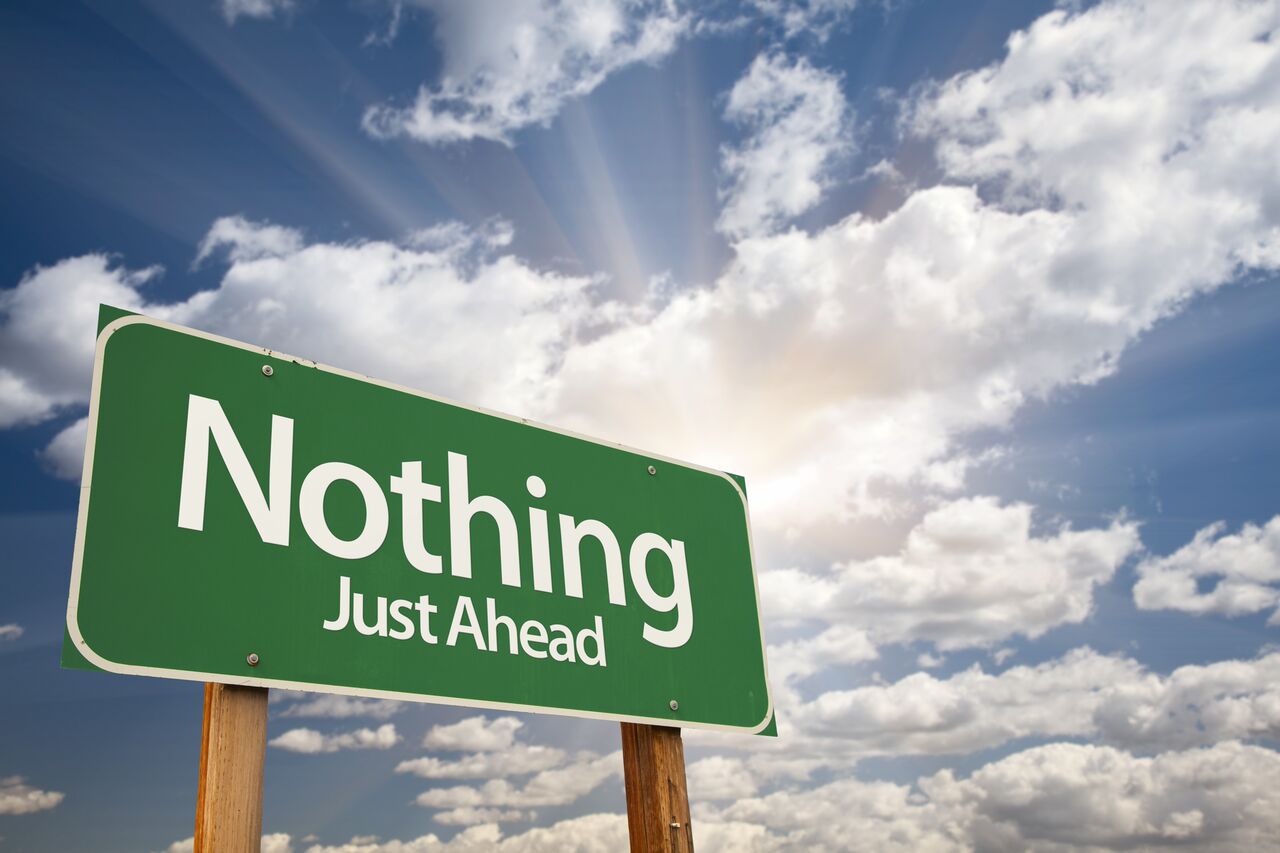Analytics metrics have evolved over the past few years. In my last article, I discussed the dinosaur metrics that have fallen in value since the last mass extinction event. Since online marketing and digital advertising are rapidly changing, looking at outdated metrics can allow you to be completely blindsided in regards to your online revenue and profitability.
In this article, I cover the five super metrics that now dominate the analytics and marketing world. These metrics have been around forever but are more relevant today than ever. These metrics have always been are near and dear to my heart – this is not just an infatuation. They have helped me evaluate and transform hotel assets worth over $1B. So grab your cape. Let’s dive into the future.
#1: Bounce Rate
Bounce rate has been one of my personal favorites since 1999. This metric will tell you explicitly whether your design, content, navigation and marketing are working for you. It’s my ultimate reality check metric.
According to Wikipedia, bounce rate “represents the percentage of visitors who enter the site and then leave (“bounce”) rather than continuing on to view other pages within the same site.”
My personal definition for bounce rate is the failure to get your website visitor to perform any action on your website. In the case of hotel/travel websites, that action is not necessarily limited to booking. You can expect a visitor to do a number of things, including: sign up for your newsletter, check dates and rates, read blog posts, browse your photo gallery, watch a video tour, etc.
As with all super metrics, you must segment and dig deeper to get the best outcome and insights. You can segment your bounce rate by Source, such as:
- Google AdWords
- Google Display
- Facebook
- Direct Traffic
“Bulk data generates reports. Segmentation generates insights.”
– Vikram Singh
What’s a good bounce rate? Great question. For hotel and travel websites, anything over 40% deserves scrutiny. One exception is a blog, where most people will read your landing page and be done. But, dig deeper. How many of the bounced visitors are already subscribed to your list? Did you have a call to action on your blog post? Context is king, y’all.
Here are some of the key culprits behind a high bounce rate:
- Bad website/landing page design. High bounce should help you look beyond the high fives your team gave each other when your new website launched. Design conversation needs to move beyond colors, rainbows and unicorns on your home page. Your content and layout need to lead visitors to take action.
- Bad navigation. Bad navigation is one of the leading causes of visitor confusion. Somewhere along the way we had an unfortunate invasion by the hamburger button. Today, many hotel websites are using it for vanity; it looks cute and doesn’t interfere with their mood-setting photography. However, if visitors cannot navigate to the content they are looking for, they will be bouncing off your cute website. You know the thing about making your website visitors feel stupid… they start to feel the same way about you.
- Slow load times. Not since Tom Cruise mentioned it in Top Gun have your website visitors have had such a strong need… a need for speed! Load time for your website cannot be over four seconds on the very high end of the spectrum. Slow load time is one of the top reasons for high bounce rates. There is a whole section in Google Analytics where you can monitor this and stay on top. Log in and start exploring.
*Pro tip: Don’t test load times from the work laptop, desktop, or mobile device where you regularly view your website. Test from a random device to avoid the cookie monster.
#2: Average Order Value/Lifetime Value
This is a critical super metric that gives you good insight into how much your website is producing for you per visitor.
Average Order Value = Total Revenue / Number of Reservations
This metric is extremely helpful when you are trying to figure out ways to reduce visitor churn. It also helps you identify and reach out to better-performing segments with your inbound marketing efforts. Even better, you can start to figure out the average lifetime value of your guests, who may book with you several times over the course of a year.
Running specials in your low demand period? Adding a new restaurant? Renovations? Service upgrades? Knowing the average order value and average lifetime value of your guests will help you reach out to your most valuable guest segments first. TripAdvisor cannot be the only source for news and information about your hotel. Identify your most loyal guests and talk to them regularly.
#3: Custom Goals
Nothing is more painful for an analytics fan like me than hearing people say that the only website metric they care about is tracked ROI. Nothing else matters. (You know, the Gordon Gekko types.)
In fact, tracked revenue is a small part of what you need to be looking at when deciding on your marketing budgets. Last click attribution models will show quick gains, but won’t account for changes in the market (sometimes big ones). Examples include a new hotel opening, airline pattern changes, a drop in your user review score, etc.
The smartest people in marketing and analytics are looking at the bigger picture. Instead of staring hard at the bottom of the funnel, pay attention to the other actions visitors take on your website, such as:
- Contact form submissions. What were the top questions visitors asked about the hotel? Were they interested in weddings? Food & Beverage? Meetings?
- Video watching. What videos were played on the website, and at what point were they paused/abandoned? (Yes, Google Analytics tracks videos /events.)
- Newsletter/blog/email signups. These are the guys who are interested, and likely to do business with you more than once in their lifetime.
Set custom goals for each micro action you want your visitors to take, and watch what happens. You’ll quickly find out what’s working, what’s not, and which visitors are the ones you want to attract and keep.
#4: Website Conversion Rate
This is a powerful metric that tells you what percentage of your website visitors actually put money in your pocket. Simple, right? No. Because most marketing managers quote their booking engine conversion rate as their website conversion rate, and that is a problem.
Important: In order to get this metric right, your booking engine must be connected to your website analytics software. No connection = No conversion data.
True story:
Once during a pitch meeting with a hotel group in Santa Barbara, my partner (who is a marketing Jedi) asked the hotel’s ecommerce manager their website conversion rate. He did not know what that meant. Let’s just say we did not win that contract. Or as kids these days say…Awkward!
Not knowing the conversion rate is one thing. Telling people that your website is converting at 14% is much more dangerous. When I hear super high numbers like that, I know that someone is quoting:
a) Booking engine conversion rate = how many visitors got into the booking engine versus how many checked out
And not the …
b) Website conversion rate = how many people visited your website and then clicked into the booking engine and then checked out
Quoting someone a 14% overall conversion rate means you are breaking all the rules of Internet Physics! High fives may occur… but do not expect a call from MIT or CalTech.
Conversion rate is a Boss Metric. Basically, if you can move this number up by a few percentage points, you’ll see a massive change in your overall revenue. By converting more of your total visitors on the website, you are multiplying all of your marketing and advertising investments!
#5: Booking Engine & Website Abandonment
We have just covered some rock star metrics. …but booking engine/website abandonment is like a shot of adrenalin administered straight to your bank account. All you Pulp Fiction fans know what I am talking about. That scene with John Travolta and Uma Thurman flashes in front of my eyes every time I think of the power of Abandonment Rate. Let me elaborate, starting with the definition.
Abandonment Rate = Abandoned Bookings* / Total Bookings Initiated
(*Abandoned Bookings = Bookings Initiated − Bookings Completed)
So, why is this such a powerful metric? There are two specific reasons:
- No other metric can have a faster and more positive direct impact on your revenue.
- It involves fixing just a few steps in your final checkout process. It does not require an elaborate audit and a corporate committee to figure out what to do.
Now there is a scary reason why this is not talked about more in the hospitality business: the majority of hotels are running one of many conversion-poor booking engines. To make matters worse, these engines are deployed across thousands of hotels. Any customization to help you reduce your abandonment rate is going to be deeply frowned upon.
You can always take your abandonment rate optimization game to a new level. Here are some ideas on segmenting your abandonment rate. Try segmenting by source:
- AdWords
- Google Display
- Facebook Ads
- Direct Traffic
And by product:
- Room Type
- Package Type
- Rate Type
This segmentation will help you get insights into which visitors (from what sources) abandon the booking process. This allows you to check any messaging and rate issues that are causing them to leave. As you analyze, please know that there are always rate shoppers hitting your website to find the best rate, and they might leave the booking engine to just to confirm elsewhere out of habit. You are looking for the details, not bulk numbers.
The solution is not to sign up for a software to send automatic emails to people who left the booking engine after leaving their contact info. Maybe their boss walked in asking about the missing cover sheet on the TPS report. The real reason for doing this analysis is to find out where the revenue bleed exists.
Conclusion
Analytics is rapidly evolving; the metrics that mattered just a few years ago are obsolete. Google and Facebook are brawling for online marketing dollars, and those are things you cannot control. What you can do is reject the ridiculous post mortem style monthly report that is filled with data but no insights. Instead, start getting your hands dirty by digging into your own open source website and analytics program. Embrace Google Analytics and start looking for information and insights that will bring you more revenue. Armed with these powerful Super Metrics, you can become a hero by increasing your hotel’s profitability and revenue.



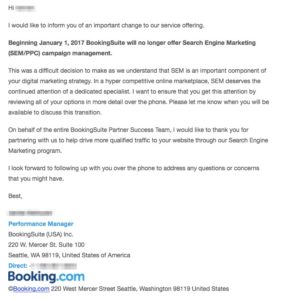
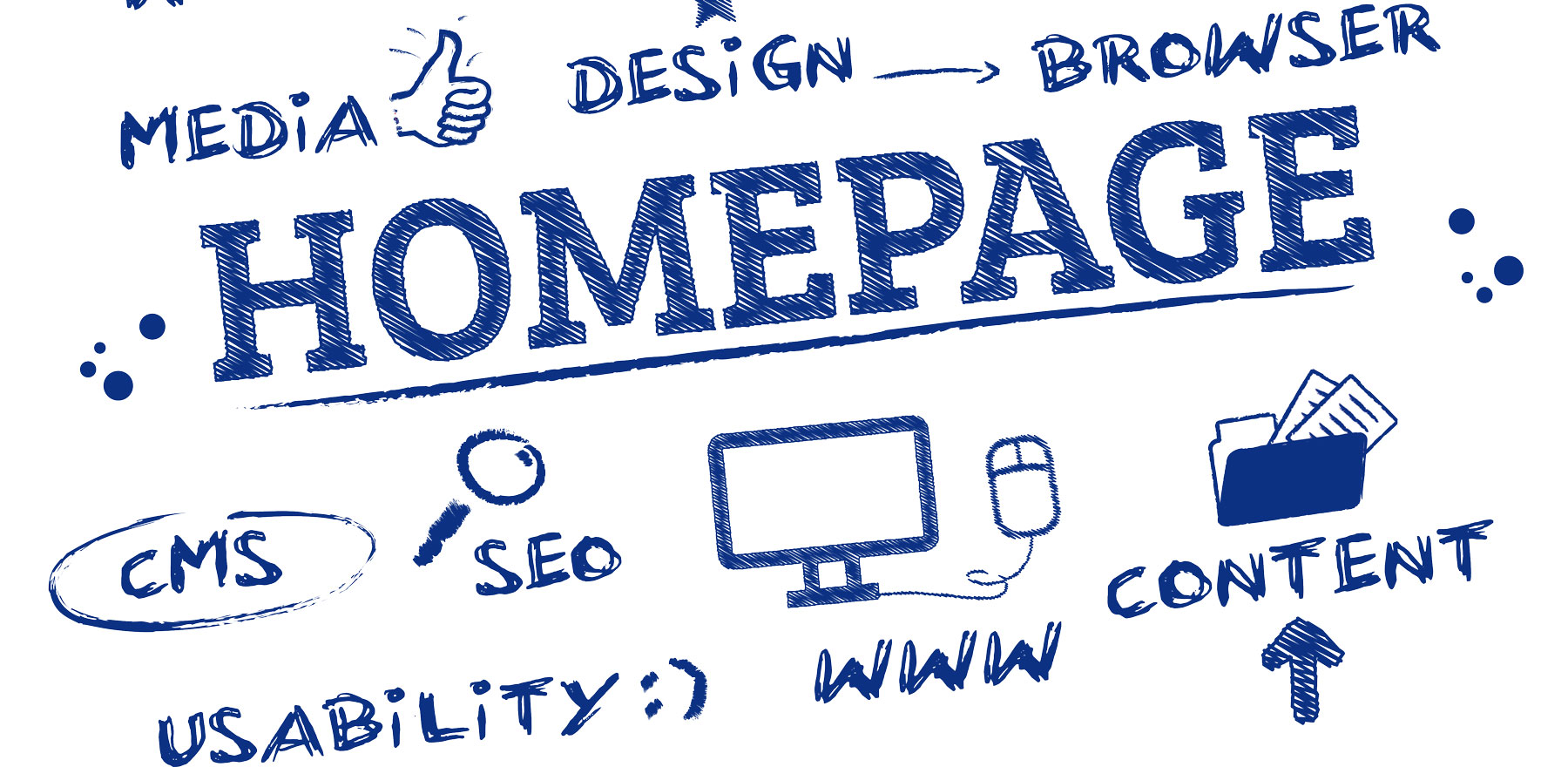


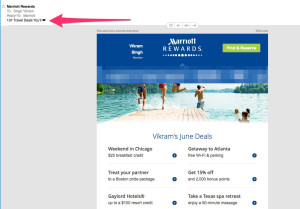

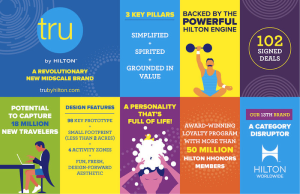
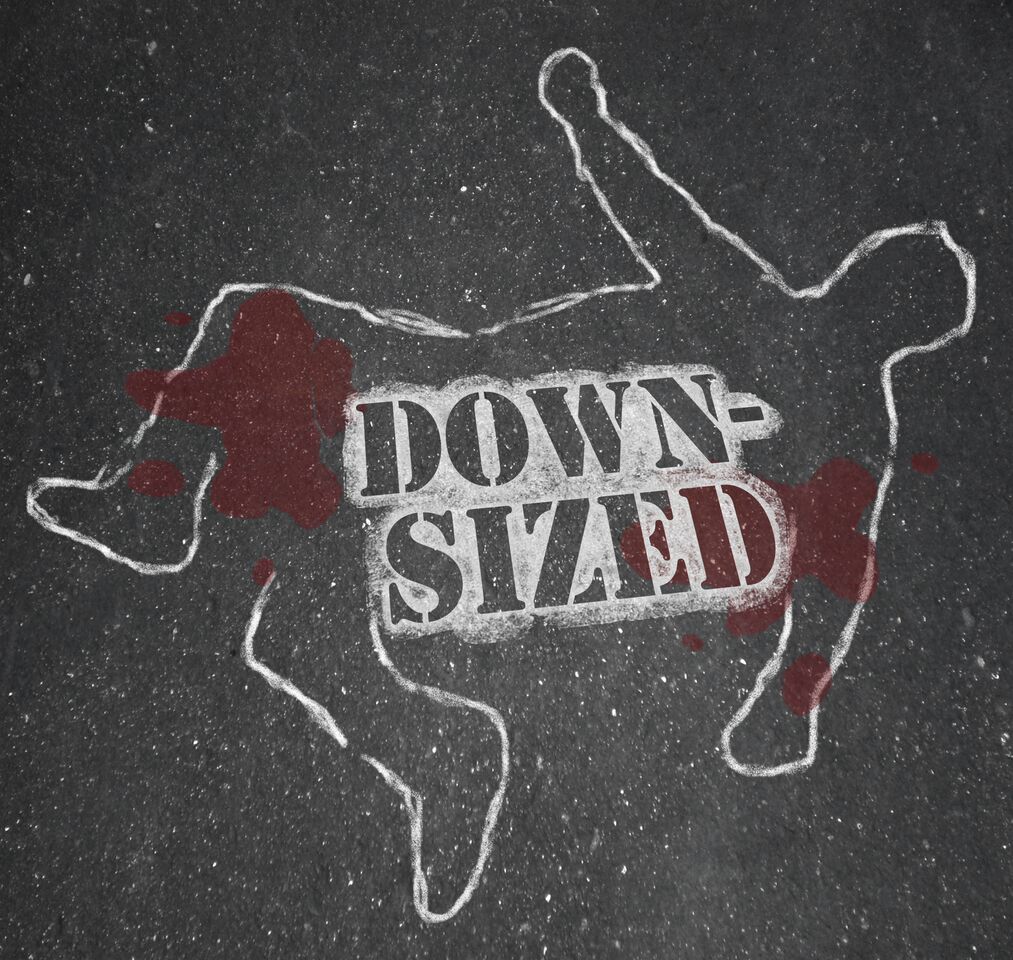
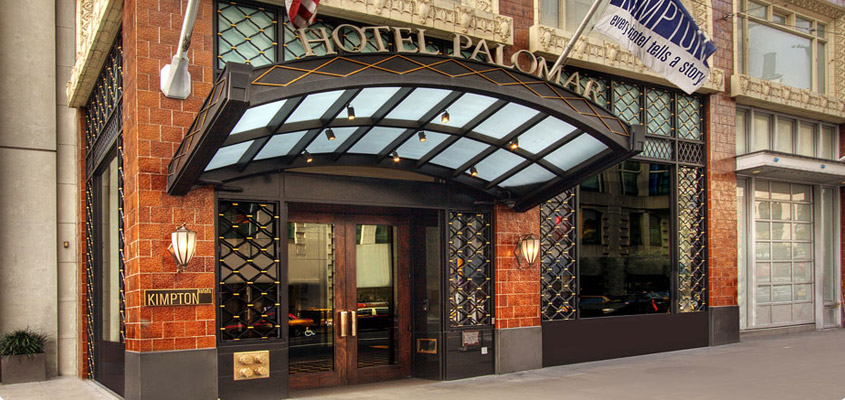
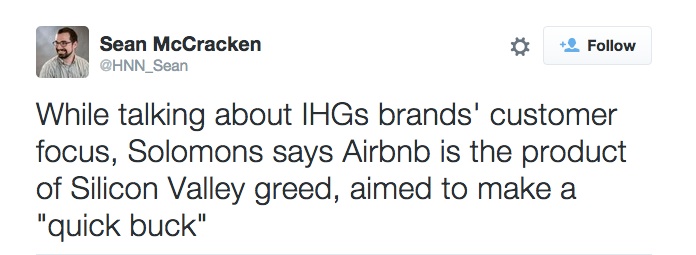
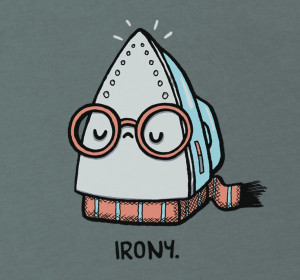 Interestingly, IHG is one of the brands I often refer to when speaking about
Interestingly, IHG is one of the brands I often refer to when speaking about 